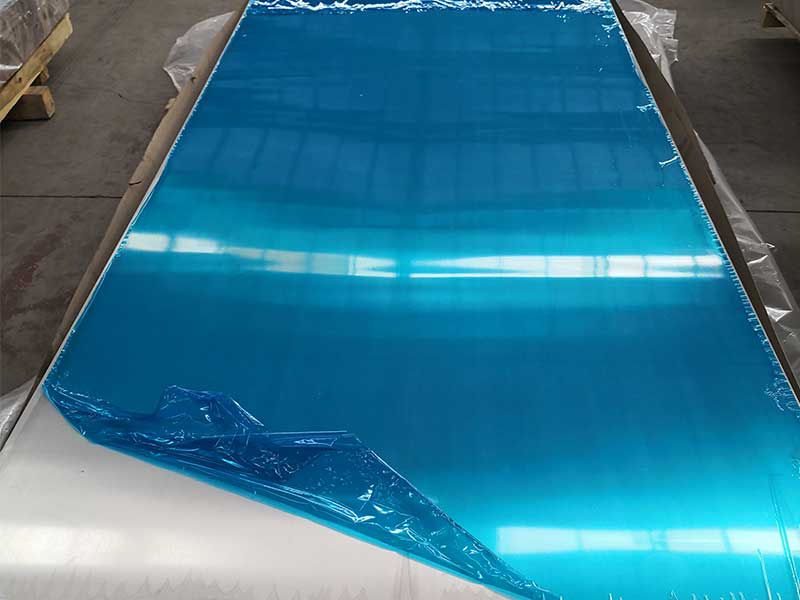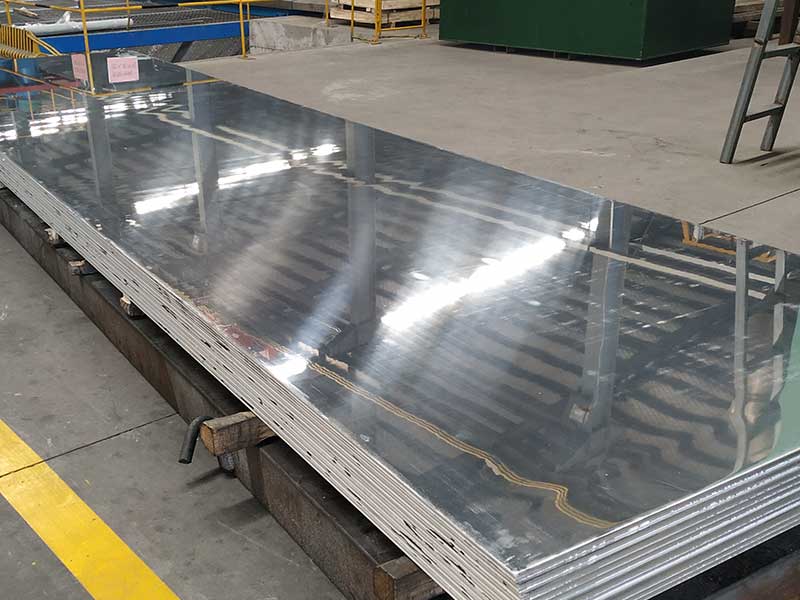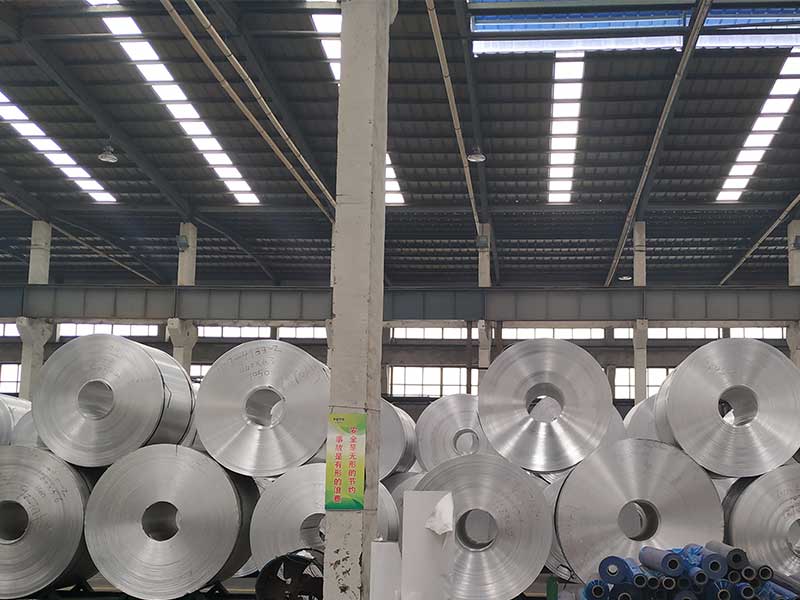Aluminium Sheet 5052 O H14 H12
Aluminium Sheet 5052 O H14 H12: A Closer Look at Versatility and Application
In the world of manufacturing, the ability to choose the right material can significantly impact the quality and durability of a product. Amongst a myriad of options, Aluminium 5052 has emerged as a prominent ally for many engineers and fabricators. Its popularity lies in its unique combination of attributes, attracting industries ranging from automotive to marine.
Aluminium 5052
Aluminium 5052 is part of the 5000 series, which is known for its excellent corrosion resistance and weldability. The series generally has magnesium as the major alloying element, which is what lends 5052 its properties. The ‘2’ in its designation indicates that it measures up to specific structural and performance standards. But what really sets it apart is how these qualities manifest under different temper conditions.
Working with 5052 aluminum sheet in H14 and H12 tempers is a daily part of my job, and I've come to appreciate the subtle differences between them. H14, with its slightly higher strength, is our go-to for applications needing more structural integrity – think the side panels for our larger equipment casings. However, its slightly reduced ductility means we need to be extra careful during forming processes to avoid cracking or tearing. The slightly softer H12 is ideal for more complex shapes and deeper draws, which we utilize in our smaller, more intricate product lines. We've had to adjust our tooling and forming pressures based on the temper to optimize production efficiency and minimize waste, a constant balancing act between speed and quality. the material’s behavior under stress – particularly springback after bending – is crucial to producing consistent, high-quality parts.
Beyond the technical specifications, I’ve noticed that the surface finish of 5052 varies slightly even within the same temper designation, potentially influenced by subtle differences in the rolling process. This means consistent surface quality control is paramount, especially for clients with specific cosmetic requirements. We've invested in enhanced surface inspection technology to address this, improving our ability to detect minor imperfections and guarantee a consistently premium product. It’s a constant learning process; the longer I work with this alloy, the more I appreciate its versatility while simultaneously recognizing the need
The Temptation of Temper Designations: O, H14, and H12
Aluminium alloy temper is a term used to denote the thermomechanical processing the material has undergone. Each designation dictates how the metal behaves and where it can be aptly utilized.
-
5052-O (Annealed): The "O" refers to a fully annealed condition, which creates a softer and more malleable form of the alloy. This temper allows the sheet to be easily shaped and formed, making it ideal for applications that require precision bending and intricate designs. The relaxed properties of 5052-O offer the perfect choice for fabricating parts with complex geometries, such as those found in custom automotive bodywork or architectural detailing. The flexibility inherent in this temper also enhances the material's ability to reduce springback during the bending process.
-
5052-H14 (Hardened): Transitioning into the H-tempered variations brings our discussion to H14, a strain-hardened version designated with a partial hardness rating. The H14 temper typically boasts increased tensile strength while maintaining reasonable ductility. It’s ideal for environments where both lightweight material and resistance to deformation is crucial. Industries appreciate its robust properties for various fabrication projects, including marine components and structural applications that frequently encounter harsh weather conditions, such as boats and heavy-duty trailers.
-
5052-H12 (Intermediate Hardened): Lastly, the H12 temper represents an intermediate level of strength stemming from partially strain hardening. This format finds itself nestled between the soft and hard variants, which allows it to achieve a balanced attribute set: a strength that isn’t compromised at the expense of formability. Industrial sectors, particularly in transport and packaging, leverage H12 for features like stress-level consistent stamping, aluminum containers, or even structural components for light rail vehicles where weight and integrity are pertinent.
The Practical Appeal of 5052
So, how does choosing the right temper translate into practical applications? Think about the automotive industry grappling with lightweight yet durable results. An airplane meets substantial weight benefits as engineers opt for 5052-H14 during the manufacture of its fuselage configurations, combining thinner sheets with toughness.
Furthermore, when designing products susceptible to corrosion — such as coastal structures — engineers prefer 5052-O due to its outstanding resistance to seawater, especially values protected through premium anodizing processes.
https://www.alusheets.com/a/aluminium-sheet-5052-o-h14-h12.html



